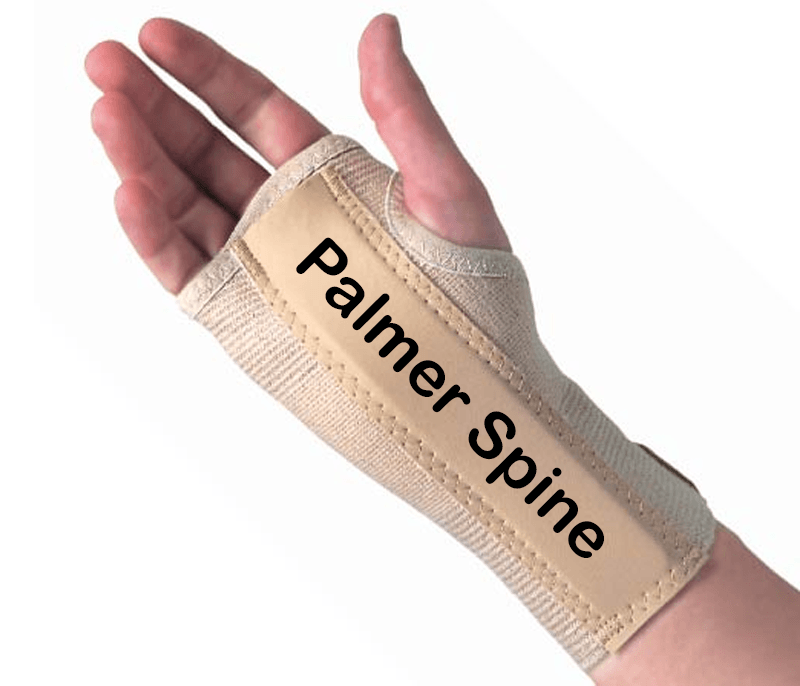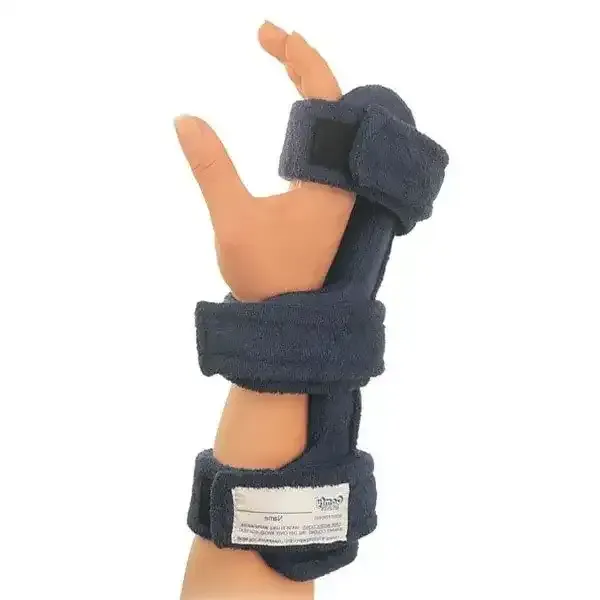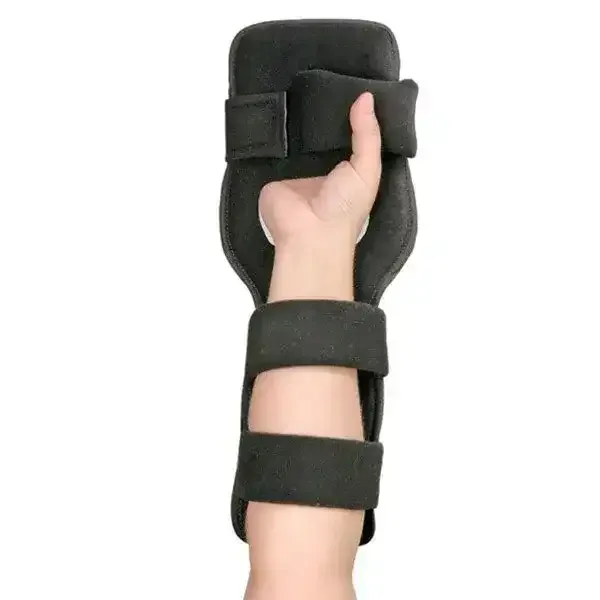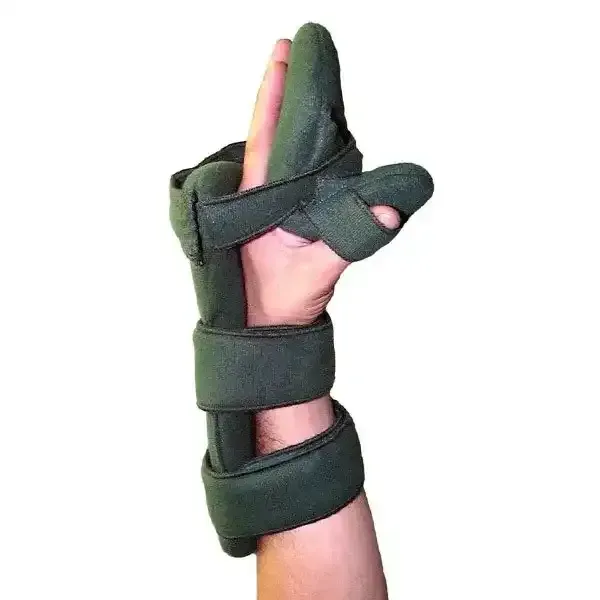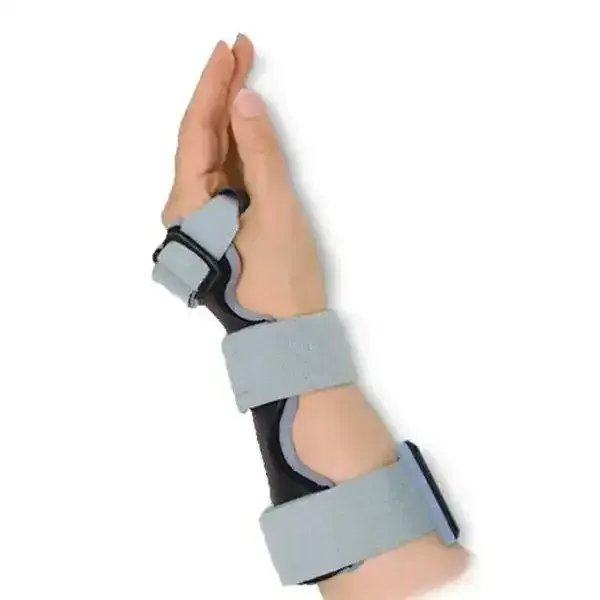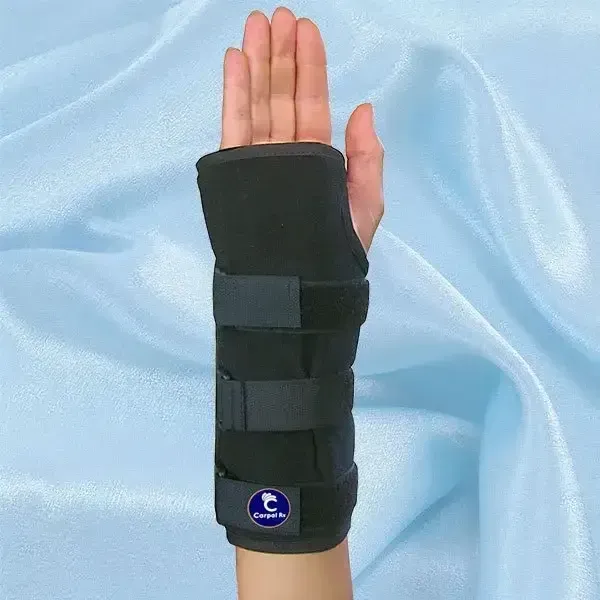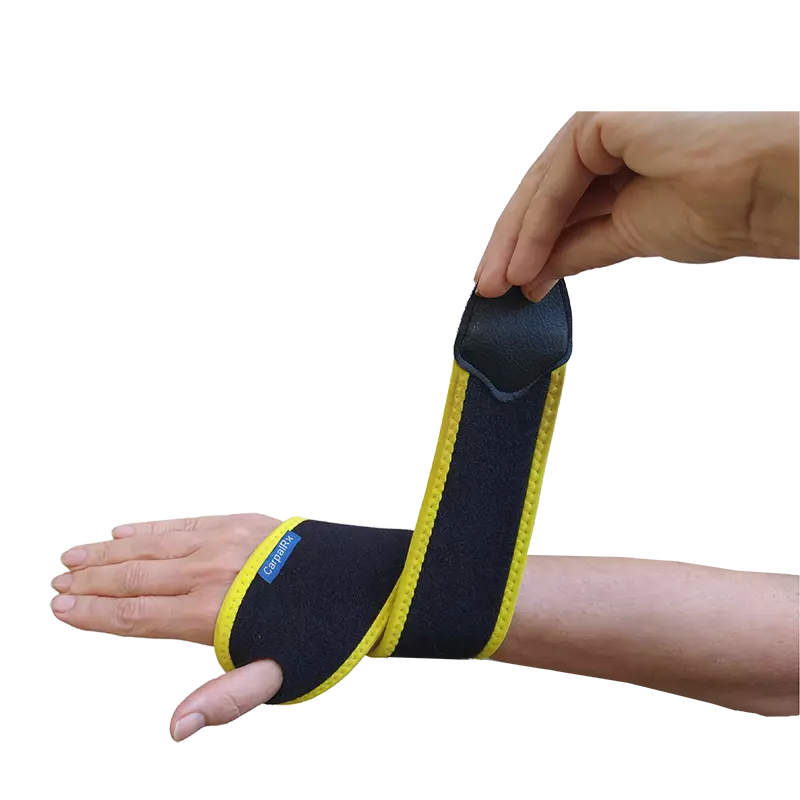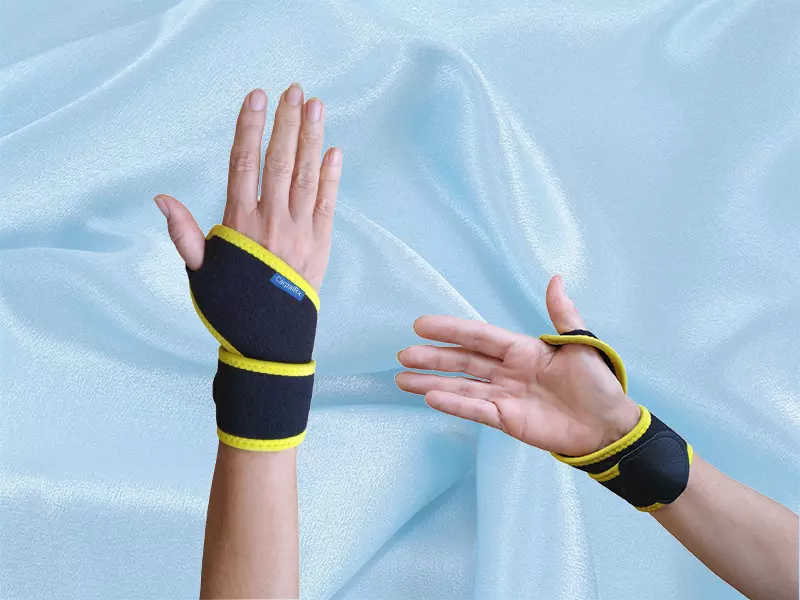Choosing the right wrist brace can make a huge difference in helping your carpal tunnel syndrome.
Unfortunately, many patients unknowingly make their symptoms worse by wearing the wrong type of brace — especially during the day.
This guide explains what to look for, what to avoid, and how to use a brace correctly to protect your hands and speed your healing.



